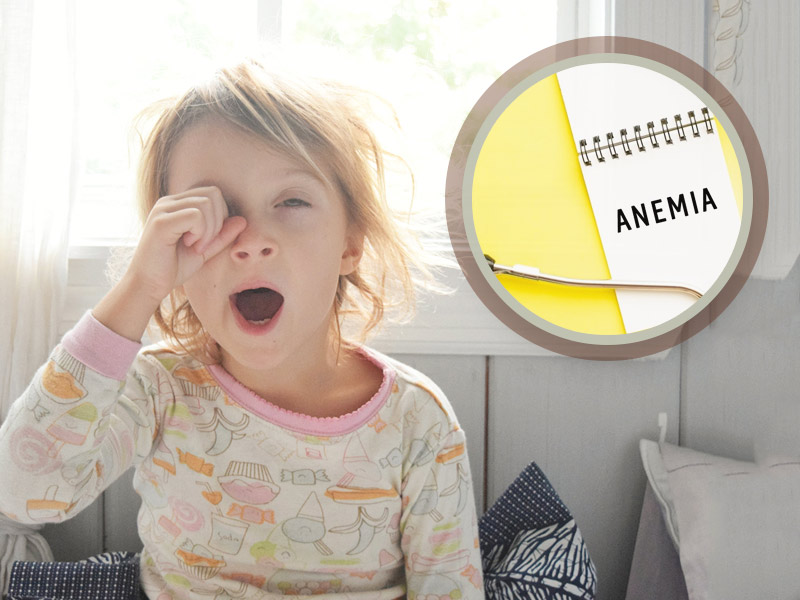
Iron deficiency anaemia is a common nutritional concern in children, affecting their overall health and development. This condition arises when the body lacks enough iron to produce sufficient red blood cells, leading to decreased oxygen transport. Recognising the symptoms, understanding the causes, and timely treatment are crucial for ensuring a child's well-being.
Table of Content:-
We spoke to our expert Dr Asmita Mahajan, Consultant Neonatologist & Paediatrician, SL Raheja Hospital, Mahim - A Fortis Associate, as she explained the symptoms, causes and treatment of iron deficiency anaemia in children. Here is what she shared with us.

Symptoms of Iron Deficiency Anaemia in Children
Identifying iron deficiency anaemia in children can be challenging as symptoms may overlap with normal childhood behaviours. However, key indicators include fatigue, weakness, pale skin, irritability, decreased appetite, and difficulty concentrating. Additionally, children with iron deficiency anaemia may exhibit delayed growth and developmental milestones.
Also Read: Does Breastmilk Shield Your Newborn During Chilly Winters? Expert Reveals What You Need To Know
Causes of Iron Deficiency Anaemia in Children
Several factors contribute to iron deficiency anaemia in children. Insufficient dietary iron intake is a common cause, especially in picky eaters or those with limited access to iron-rich foods. Rapid growth during infancy and adolescence, as well as frequent blood loss due to parasitic infections or heavy menstrual bleeding (in adolescents), can also deplete iron levels.

Treatment of Iron Deficiency Anaemia in Children
Early detection and intervention are vital for effectively treating iron deficiency anaemia in children. Dietary changes, including incorporating iron-rich foods such as lean meats, beans, fortified cereals, and dark leafy greens, play a crucial role. In some cases, iron supplements may be recommended, but it is essential to consult a healthcare professional before initiating any supplementation.
Also Read: Does Breastmilk Shield Your Newborn During Chilly Winters? Expert Reveals What You Need To Know
Parents and caregivers can actively prevent iron deficiency anaemia by promoting a well-balanced diet rich in iron, vitamin C (enhances iron absorption), and educating children about healthy eating habits. Regular paediatric check-ups facilitate early identification of potential issues, allowing for prompt intervention.

Takeaway
"Iron deficiency anaemia can impact a child's physical and cognitive development if left untreated. By staying vigilant for symptoms, understanding the contributing factors, and embracing a nutritious lifestyle, parents can play a pivotal role in ensuring their children grow up healthy and thriving. If concerned, consulting with a healthcare professional is crucial for accurate diagnosis and tailored treatment plans," concluded Dr Mahajan.
Also watch this video
Read Next
Baby Oil Massage In Winter: Expert Lists Oils That Can Promote Kid's Health In Colder Months
How we keep this article up to date:
We work with experts and keep a close eye on the latest in health and wellness. Whenever there is a new research or helpful information, we update our articles with accurate and useful advice.
Current Version